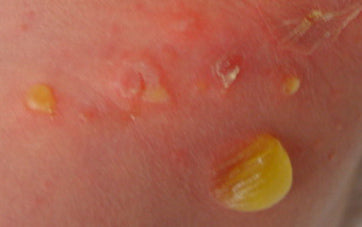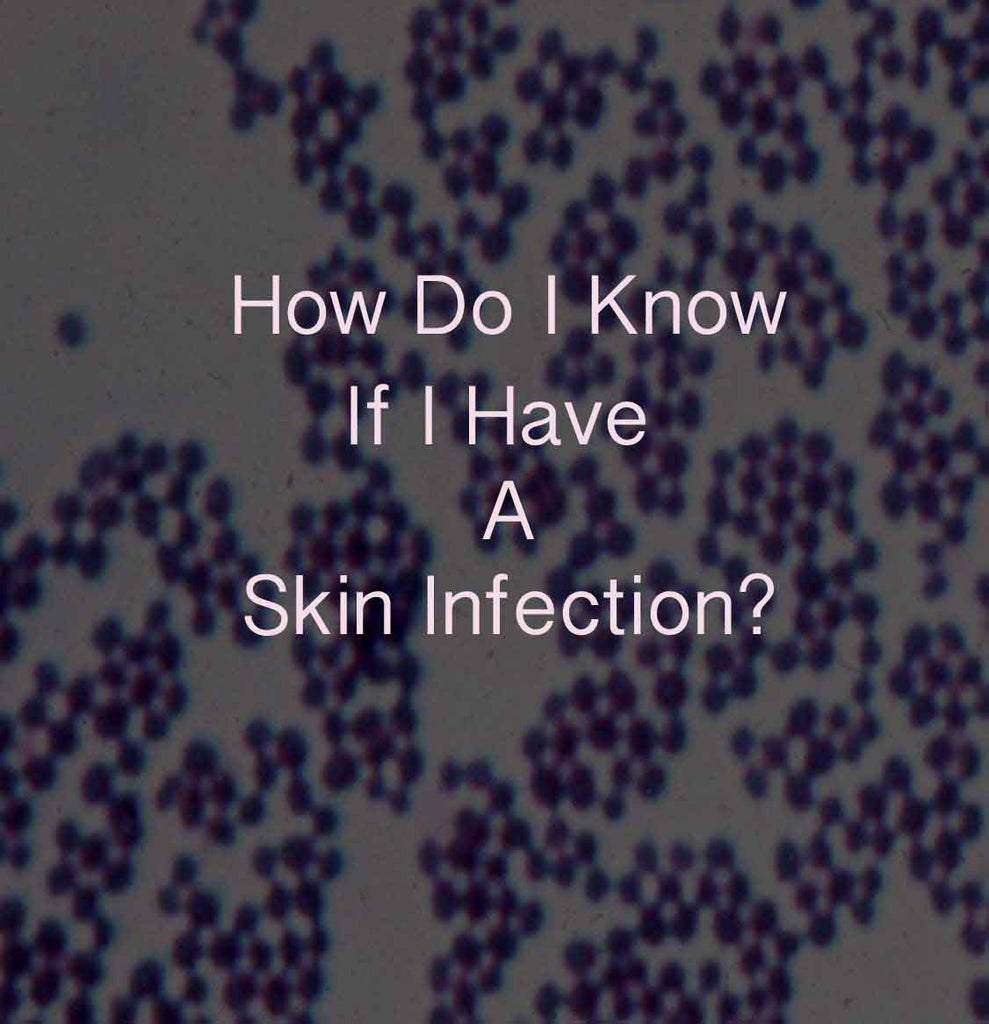One of the frequent questions that eczema patients ask is whether they have infection of their skin.
In many cases, the skin barrier of eczema patients is impaired, making them more susceptible to superficial bacteria and viral infection.
This type of concern is not reserved for eczema patients alone. Patients with topical steroid withdrawal symptom often have the same fear.
In this short blog, we will talk about visual clues to recognize impetigo, a common contagious infection of the skin caused by one of two bacteria, Staphylococcus aureus or Streptococcus pyogenes (also called group A streptococcus).
Impetigo can be seen in adults and kids. It is more common in kids because they have thinner skin. Kids are also more active, and often have cuts, scrapes or insect bites. Many kids also have eczema. The intense itch makes them scratch their skin open. Any breaches in the skin barrier provide access points for bacteria to colonize and cause infection. Common body sites of impetigo include areas around the nose and mouth, but they can quickly spread to other areas of the body such as hands and forearms.
What are the difference between skin infection and eczema?
How can you tell if you or your child have impetigo vs. worsening of the underlying eczema or other skin conditions? Here are two important visual clues:
1. Presence of large blisters. The blister may first appear clear and then turn cloudy. Large blisters can develop with Staphylococcus aureus infection.

2. Presence of a golden honey-color crust. The crust is developed over a course of a few days to week. Usually, you will first see weeping fluid from the skin surrounded by areas of intensely red skin. Over time, the weeping fluid dries up leaving a residue of crust with yellow, bright brown or tan colors. The combination of the colors conjures up an image of golden honey.

We hope this blog was helpful. Please share it with your friends. If you wish to read future articles on attaining healthier skin, please subscribe to our newsletter. If you have comments or suggestions for future blog topics, please contact us.




Hi Dr. Wang. I was wondering if you’ve heard of the amazing Dr. Aron? He is an eczema specialist who is getting results like none other. There are thousands in his Facebook group and I mention him because his success in treating eczema is the recognition of Staphylococcus aureus, which you mention in this article. He’s an amazing human being as well. If you have a Facebook account, please join his page and say hello!
https://www.facebook.com/groups/draron/